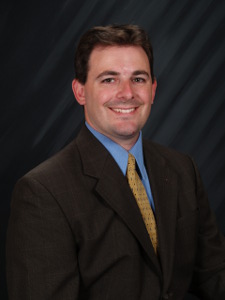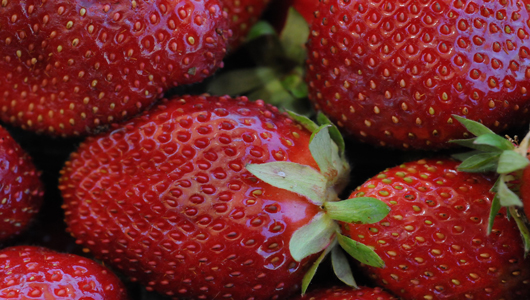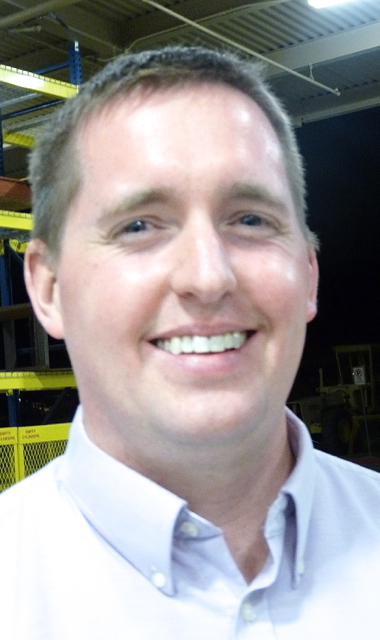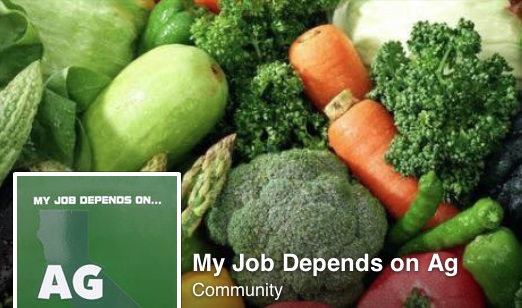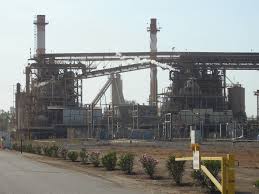Environment
Apple Growers Stuggle
As Temps Heat Up, Apple Growers Struggle
By Courtney Steward, Associate Editor
As temperatures of early summer grow hotter, farmers of permanent crops, such as apple growers, are starting to struggle due to the lack of adequate water to keep crop production where it needs to be. Alex Ott, executive director of the California Apple Commission, based in Fresno, shared part of struggle.
“It’s always a challenge, especially when you are in your 4th year of drought,” Ott began. “Our biggest concerns, obviously, are about excessive heat and lack of water for the trees that are in the ground. But we’re also concerned that, first, we have a crop; and second, that the crop sizes well.”
Yet, despite the drought challenges, Ott noted the crop looks good. “The crops have good quality and look like we’re definitely going to be up—compared to last year—which is good. Last year, the crop was very light. It was a tough year for growers.”
“I think that the trees came back with some good vigor and were able to set a nice crop this year,” he said. “The conditions this spring were perfect for bloom, So, we are excited to see a good size crop,”

